Trees and Shrubs of Kashmir: A Phenology Field Guide
Contents: Foreword. Preface. Acknowledgements. Part-I. Introduction: 1. Relevance of the Guide. 2. Study Region. 3. Methods Used. Part-II. How to use the Guide?. 4. Terminology and Definitions. Part-III. Phenological Calendar of Plant Species: 5. Trees. 6. Shrubs. 7. Bibliography. 8. Index to Species.
“Trees and Shrubs of Kashmir: A Phenology Field Guide” is a pioneering publication that provides a comprehensive introduction to the phenology of common trees and shrubs found in the Kashmir Himalaya. This field guide presents pictorial phenological calendars of 100 species, making it a first-of-its-kind practical tool for assessing and monitoring phenology in the region.
The book is divided into three parts: Part-I introduces plant phenology, its importance, and relevance in the present world, as well as the study region and methods used. Part-II guides readers on how to use the book and explains the terminology and definitions used. Part-III presents the phenological calendar of each species, including brief botanical characters, duration of different phenophases, illustrated phenological calendars, and photographs of phenophases.
This field guide is a significant contribution to the study of plant phenology, particularly in the context of climate change. By providing a standardized framework for monitoring phenology, the authors aim to stimulate a new phenological monitoring program in Kashmir and inspire similar initiatives in other states of India and neighbouring Himalayan countries.
The book will be a valuable resource for students and researchers, enabling them to identify and collect plant material at the appropriate time by knowing about the timing of different phenophases. It also serves as a baseline reference for future monitoring of climate change-driven phenology changes in the Himalaya, a less-studied global biodiversity hotspot.
Richly illustrated with photographs, the book will be an invaluable resource for anyone interested in gardening, floriculture, horticulture, landscaping, urban green spacing, and natural history. Its user-friendly format and accessible language make it an ideal companion for citizen scientists, naturalists, and researchers seeking to understand the complex relationships between plants, climate, and the natural world.
Get it now and save 10%
BECOME A MEMBER

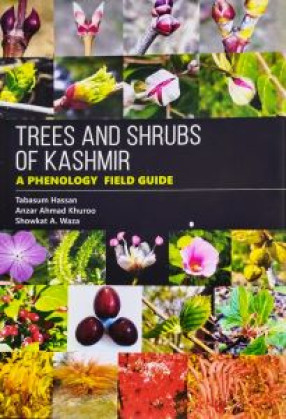
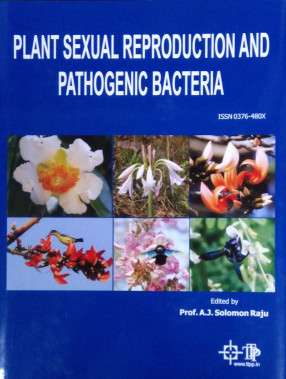
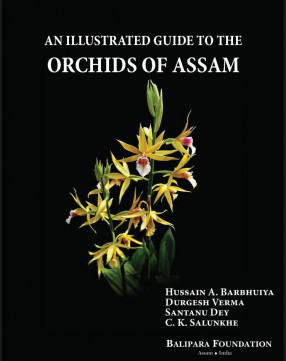
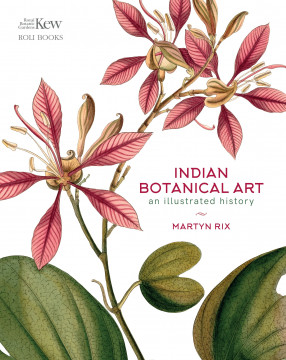
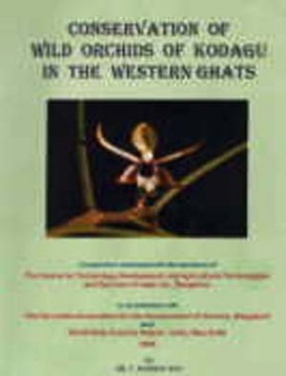

Bibliographic information
Anzar Ahmad Khuroo